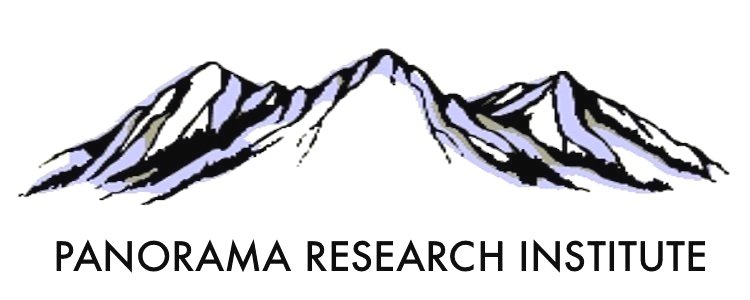Affinity maturation and fine functional mapping of an antibody fragment against a novel neutralizing epitope on human vascular endothelial growth factor
Abstract
We have previously reported the isolation of a novel single-chain variable fragment (scFv) against vascular endothelial growth factor (VEGF), from a phage-displayed human antibody repertoire. This scFv, denominated 2H1, was shown to block the binding of VEGF to its receptor but exhibited a moderate binding affinity. Here, we describe the affinity maturation of the 2H1 scFv. Two phage-displayed libraries were constructed by diversification of the third complementarity-determining regions (CDRs) of the light (VL) and heavy (VH) chain variable domains of 2H1 using parsimonious mutagenesis. A competitive phage-selection strategy in the presence of the parental scFv as a competitor was used to eliminate low affinity binders. High affinity variants were retrieved from both libraries. An optimized VL variant was designed and constructed by combining recurrent replacements found among selected variants in a single molecule, resulting in an additional affinity increase. Further affinity improvements were achieved by combining this optimized VL with the best VH variants. The final variant obtained here, L3H6, showed an overall affinity improvement of 18-fold over the parental scFv and exhibited an enhanced potency to block the binding of VEGF to its receptor. Using phage display and extensive mutagenesis of VEGF, we determined the fine specificity of L3H6. This functional mapping revealed a novel neutralizing epitope on human VEGF defined by the residues Y25, T71, E72, N100, K101, E103 and R105. The conformational epitope recognized by L3H6 was recapitulated by grafting human VEGF residues into the mouse molecule, providing further confirmation of the nature of the identified epitope.
